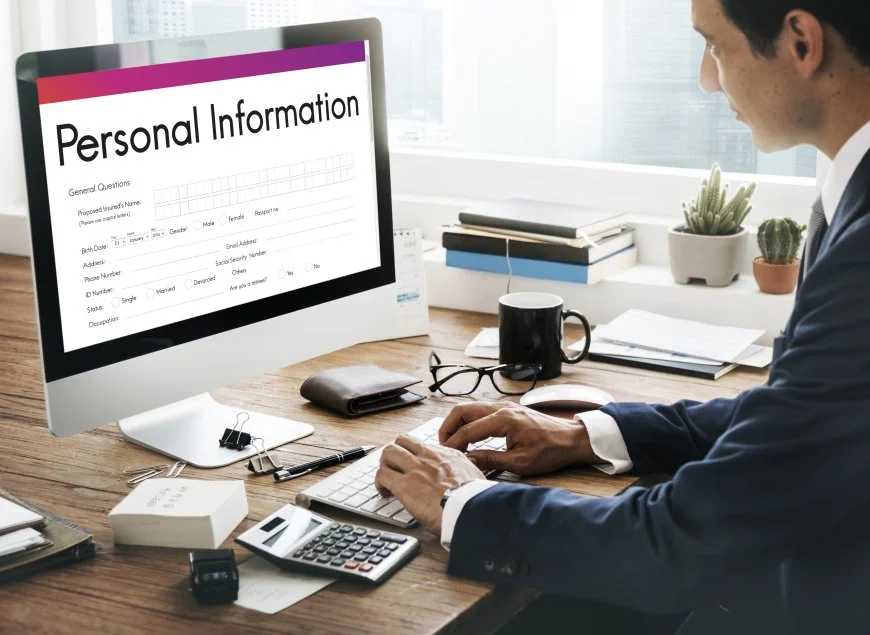Improve Customer Experience with Ecommerce Portal Development
- CRMJetty

- Dec 7, 2021
- 1 min read
Every time someone talks about customer experience, the first and foremost suggestion that businesses receive is – deliver what customers want. But each customer may have unique requirements. A few may ask for convenience in shopping while others may prefer quality products. There are different ways to enhance your customers’ shopping experience. And yet, the most effective way is to offer self-service. You can achieve that with eCommerce portal development.
This article covers everything about it – definition, features, benefits, tips, and more. So, dig in!
1. What is an Ecommerce Portal
An ecommerce portal, also known as B2B/B2C self-service portal, is an online platform that facilitates buying and selling of products/services with online transactions. It allows businesses to interact with customers and suppliers effectively. eCommerce portal development allows businesses to have one interface shared across the entire business community.
The best examples of eCommerce portals would be Amazon, Flipkart, and other marketplaces that provide customers with a separate space to manage their orders, details, transactions, and more.

Talking about its working, it’s more like an eCommerce website where customers can shop and pay. Businesses can display products, manage orders, customers, suppliers from the backend.
Overall, it streamlines the buying process.
2. Benefits of Ecommerce Portal Development
It helps marketers turn leads into sales. To prove it right, here’s the result of the March 2020 survey. 10 and 11 percent of distributors and manufacturers generated 80-100 percent of their revenue through eCommerce portals.
For more information: https://www.crmjetty.com/blog/improve-customer-experience-ecommerce-portal-development/




Comments